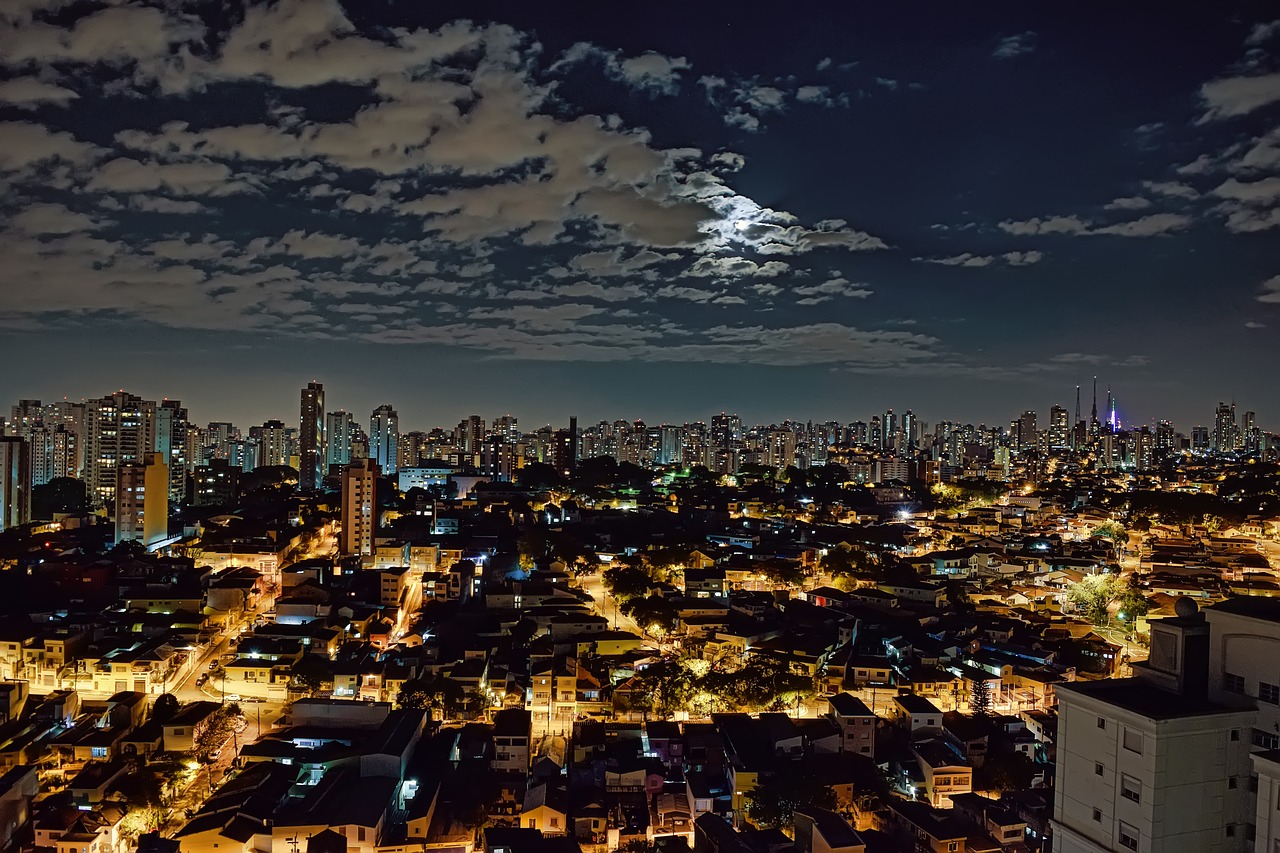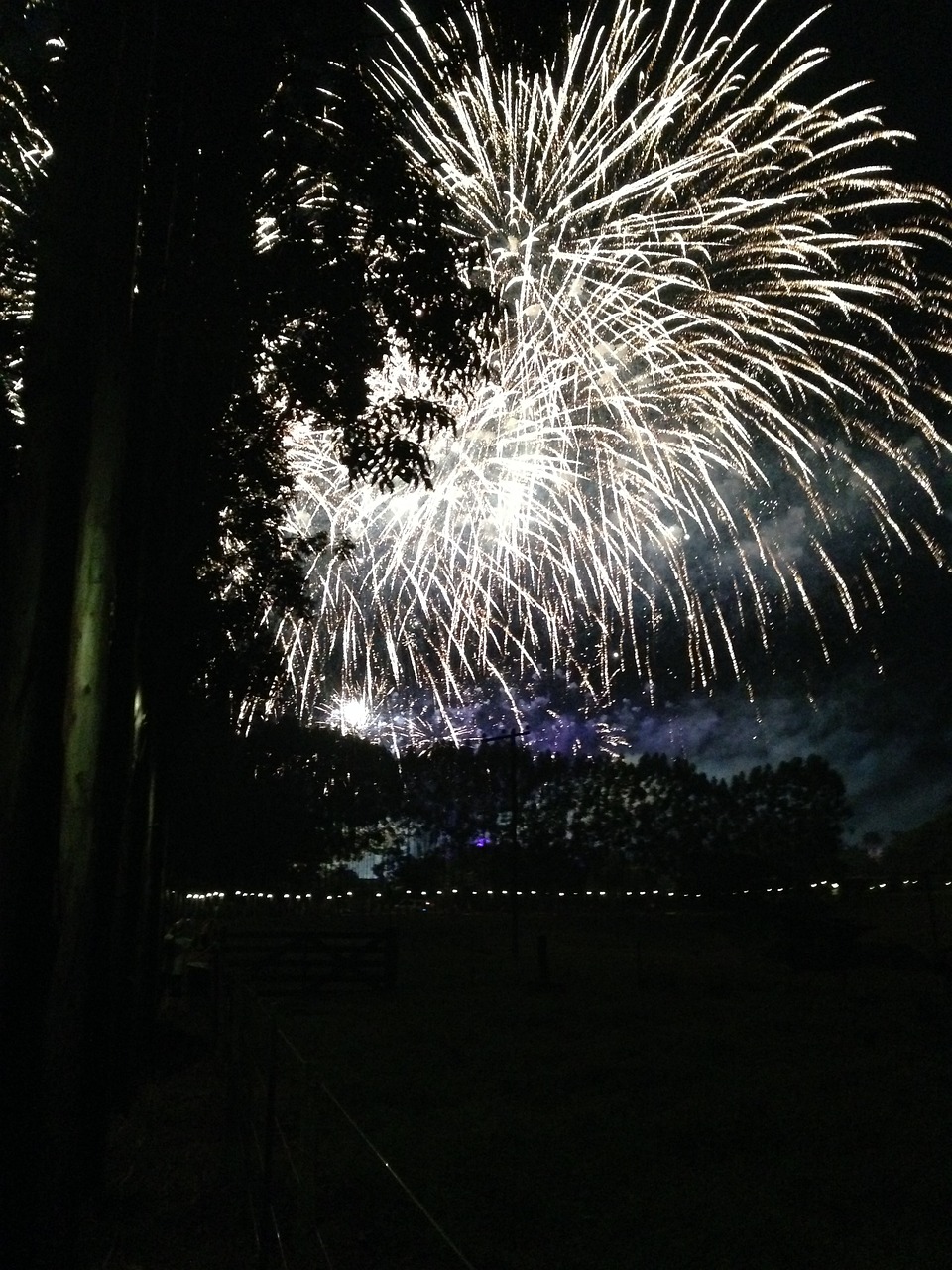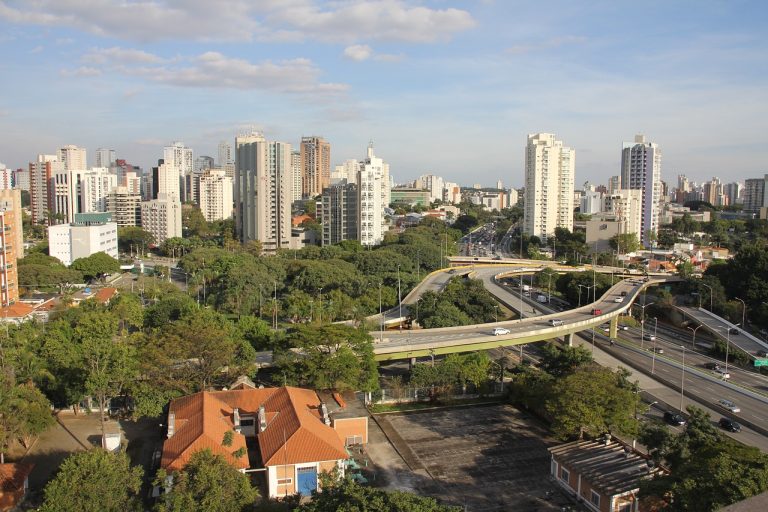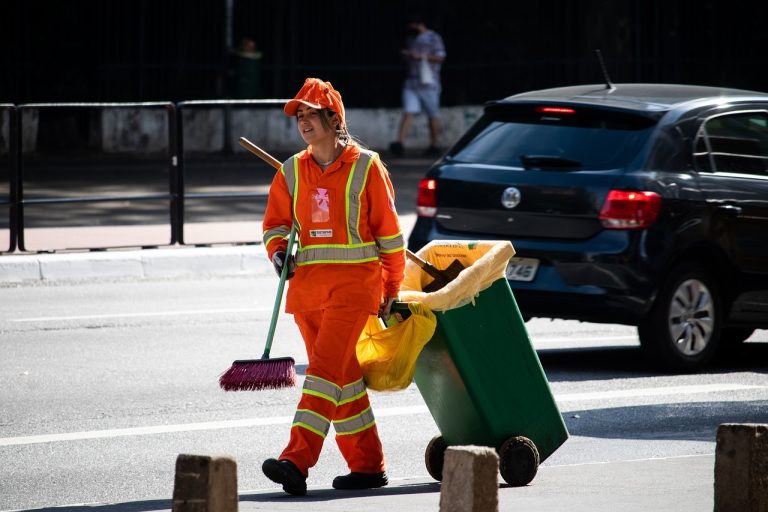São Paulo Brazil Video
Local Myths and Legends of São Paulo Brazil
São Paulo, the largest city in Brazil, is not only known for its vibrant culture, rich history, and bustling metropolis but also for its intriguing myths and legends. These stories have been passed down through generations, adding an air of mystery and enchantment to the city’s folklore. In this article, we will explore some of the most captivating local myths and legends of São Paulo, delving into their origins and the fascinating tales they tell.
The Legend of the Bandeirante’s Treasure
- The Curse of the Bandeirante’s Treasure: According to local lore, a group of Portuguese explorers known as Bandeirantes discovered a hidden treasure during their expeditions. However, the treasure came with a curse, causing misfortune and tragedy to befall anyone who attempts to uncover it.
- The Haunted Caves of Serra do Mar: It is said that the Bandeirantes hid their treasure deep within the caves of Serra do Mar, a mountain range near São Paulo. These caves are believed to be haunted by the spirits of those who perished in their pursuit of the treasure.
- The Search for the Bandeirante’s Treasure: Over the years, many treasure hunters have embarked on expeditions to find the Bandeirante’s treasure, hoping to unlock its secrets and riches. However, most have returned empty-handed or faced unfortunate circumstances.

The Legend of the Headless Mule
- The Cursed Transformation: As the story goes, a beautiful young woman engaged in an illicit relationship with a priest. As punishment for their sins, she was transformed into a headless mule, doomed to wander the countryside every night.
- The Eerie Sightings: Locals claim to have witnessed the headless mule roaming through the fields and forests surrounding São Paulo. It is said to emit blood-curdling screams and leave a trail of fire in its wake.
- The Quest for Redemption: According to legend, the headless mule can only be freed from its curse if someone manages to place a burning rosary on its neck. However, this task is said to be nearly impossible, as the mule moves with incredible speed and agility.
The Myth of the Saci-Pererê
- The Mischievous Trickster: The Saci-Pererê is a mischievous creature from Brazilian folklore, often depicted as a one-legged boy with a red cap. He is known for playing pranks on unsuspecting individuals and causing mischief.
- The Whirlwind Dance: Legend has it that the Saci-Pererê possesses the power to create whirlwinds by spinning around on his one leg. These whirlwinds can be both playful and dangerous, depending on his mood.
- The Protective Cap: It is believed that the Saci-Pererê carries a magical red cap that grants him invincibility and the ability to disappear at will. If someone manages to steal his cap, they can gain control over him.

The Legend of the Giant Anaconda
- The Enormous Serpent: São Paulo is rumored to be home to a giant anaconda, known as the “Boiúna.” According to local tales, this massive serpent can reach lengths of up to 40 feet and is said to dwell in the depths of the Tietê River.
- The River Guardian: The Boiúna is believed to be a guardian of the river, often associated with both fear and respect. It is said to possess mystical powers and can control the flow of the river.
- The Mysterious Disappearances: There have been reports of fishermen and travelers who have gone missing near the Tietê River, with some attributing these disappearances to encounters with the giant anaconda. The legend serves as a cautionary tale to those who dare to venture too close to the river.
The Myth of the Ghostly Streetcar
- The Phantom Tram: One of São Paulo’s most famous ghost stories revolves around a haunted streetcar that is said to appear late at night. The streetcar is believed to be a remnant of the city’s old tram system, which operated decades ago.
- The Eerie Rides: Witnesses claim to have seen the ghostly streetcar gliding silently through the streets, its windows glowing with an otherworldly light. It is said to pick up unsuspecting passengers, who then vanish without a trace.
- The Trapped Souls: According to the legend, the ghostly streetcar is filled with the souls of those who died tragically in accidents involving the old tram system. These restless spirits continue to ride the streetcar, forever trapped in their spectral form.

The Legend of the Bica do Ipiranga
- The Independence Cry: The Bica do Ipiranga is a historical site in São Paulo that holds great significance in Brazil’s history. It is believed to be the spot where Dom Pedro I, the first Emperor of Brazil, proclaimed the country’s independence from Portugal in 1822.
- The Eternal Fountain: According to local lore, the Bica do Ipiranga’s fountain holds mystical properties, granting eternal youth and good fortune to those who drink from its waters.
- The Symbol of Freedom: The Bica do Ipiranga has become a symbol of independence and patriotism for the people of São Paulo. It is a popular tourist attraction and a reminder of Brazil’s rich history.
The Myth of the Paulista Triangle
- The Mystery of the Missing Time: The Paulista Triangle is a local legend that claims a triangular area in São Paulo experiences unexplained time anomalies. Some believe that time moves differently within this region, causing clocks to run faster or slower than usual.
- The Disappearing Objects: Locals have reported instances of objects mysteriously vanishing within the Paulista Triangle. It is said that these objects reappear in unexpected places or never return at all.
- The Portal to Another Dimension: The Paulista Triangle has sparked theories of it being a portal to another dimension or a vortex of supernatural energy. Some even claim to have witnessed strange phenomena, such as glowing lights or distorted visions, within the area.
The Legend of the Museu do Ipiranga
- The Haunted Museum: The Museu do Ipiranga, also known as the Ipiranga Museum, is a prominent historical landmark in São Paulo. According to local legends, the museum is haunted by the ghost of Dom Pedro I, who allegedly roams its halls at night.
- The Cries for Independence: It is said that the ghost of Dom Pedro I can be heard crying out for independence within the museum’s walls. Visitors have reported hearing faint whispers and echoes of historical speeches.
- The Ghostly Apparitions: Some claim to have seen the apparition of Dom Pedro I dressed in his imperial attire, wandering through the museum’s exhibits. The ghostly sightings add an extra layer of intrigue to the already fascinating history of the Museu do Ipiranga.
The Myth of the Lost City of Jundiaí
- The Hidden City: The Lost City of Jundiaí is a mythical place believed to be hidden somewhere in the outskirts of São Paulo. It is said to be an ancient city with advanced technology and untold riches.
- The Vanishing City: According to legend, the Lost City of Jundiaí has the ability to disappear and reappear at will. Only those who possess pure intentions and a genuine desire to find the city are said to be granted access.
- The Quest for the Lost City: Many adventurers have set out on expeditions to find the Lost City of Jundiaí, driven by the allure of its treasures and the mysteries it holds. However, the city remains elusive, leaving explorers empty-handed.
The Legend of the Guardian Spirits
- The Protective Entities: São Paulo is said to be guarded by spiritual entities known as “guardiões.” These guardian spirits are believed to watch over the city, protecting its people and ensuring their well-being.
- The Invisible Protectors: Although unseen, the guardian spirits are said to manifest their presence through signs and omens. Some believe that they appear as flashes of light, gentle breezes, or a sense of comfort during times of need.
- The Spiritual Connection: Many locals have developed a strong spiritual connection with the guardian spirits of São Paulo. They offer prayers and perform rituals to honor and seek guidance from these unseen protectors.
Conclusion
São Paulo’s local myths and legends add an enchanting layer to the city’s cultural fabric. Whether it’s the tales of cursed treasures, supernatural creatures, or haunted locations, these stories capture the imagination and reflect the rich folklore of the region. Exploring these myths and legends not only provides entertainment but also offers a deeper understanding of São Paulo’s history, beliefs, and the enduring power of storytelling.
References
- petitpalace.co.uk
- history.com
- mythology.net
- folclorebrasileiro.com.br
- visitbrasil.com







